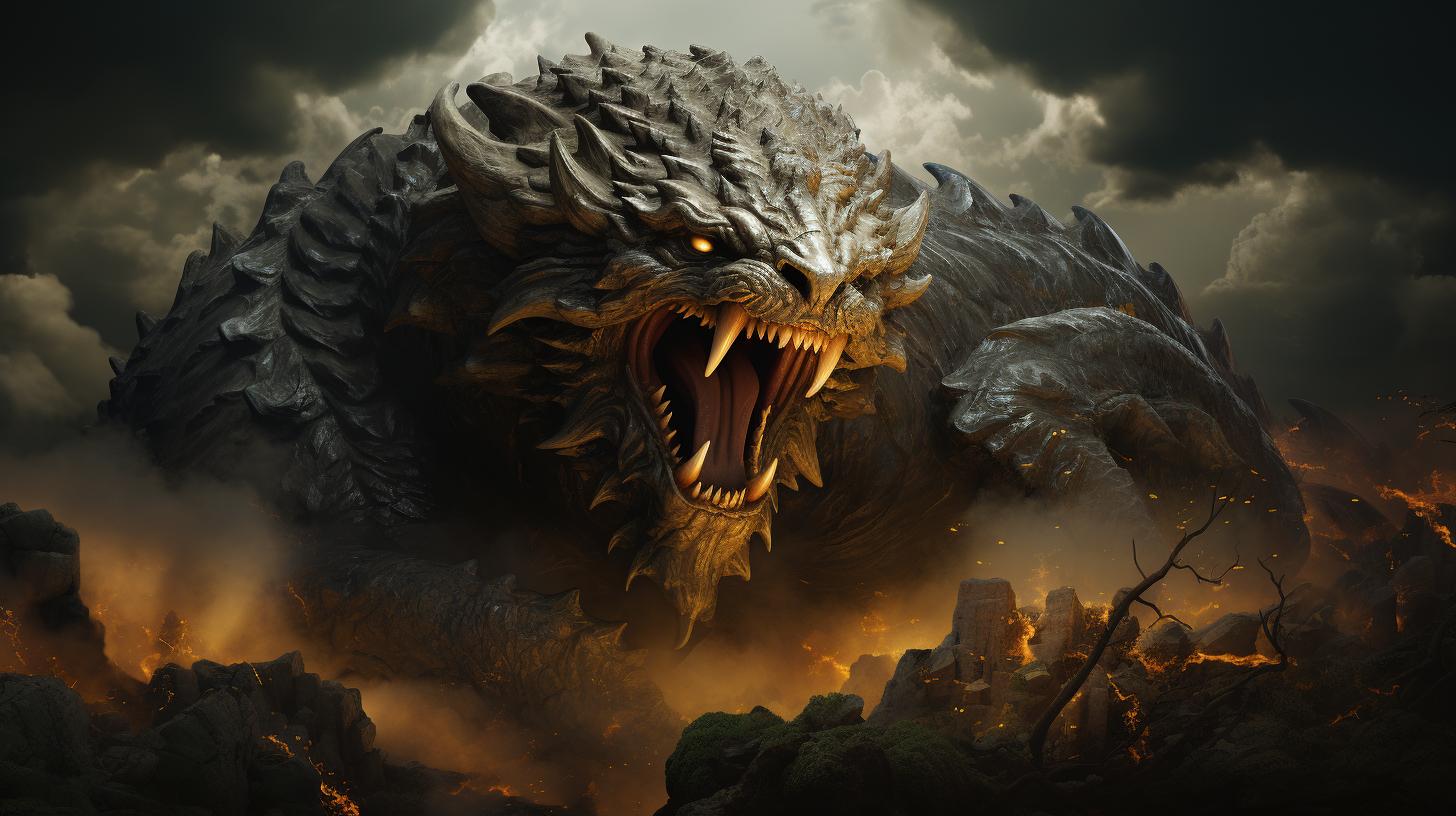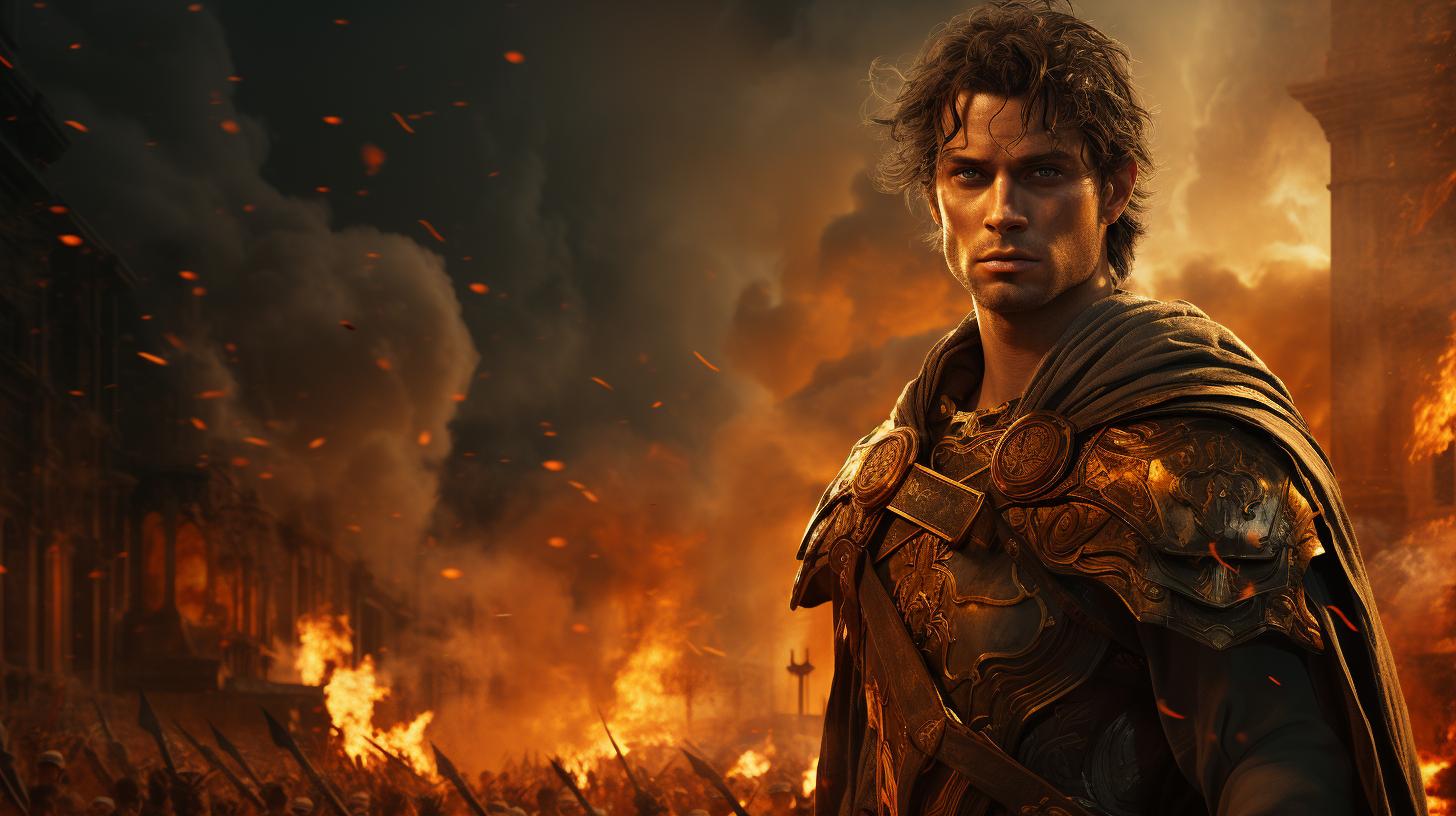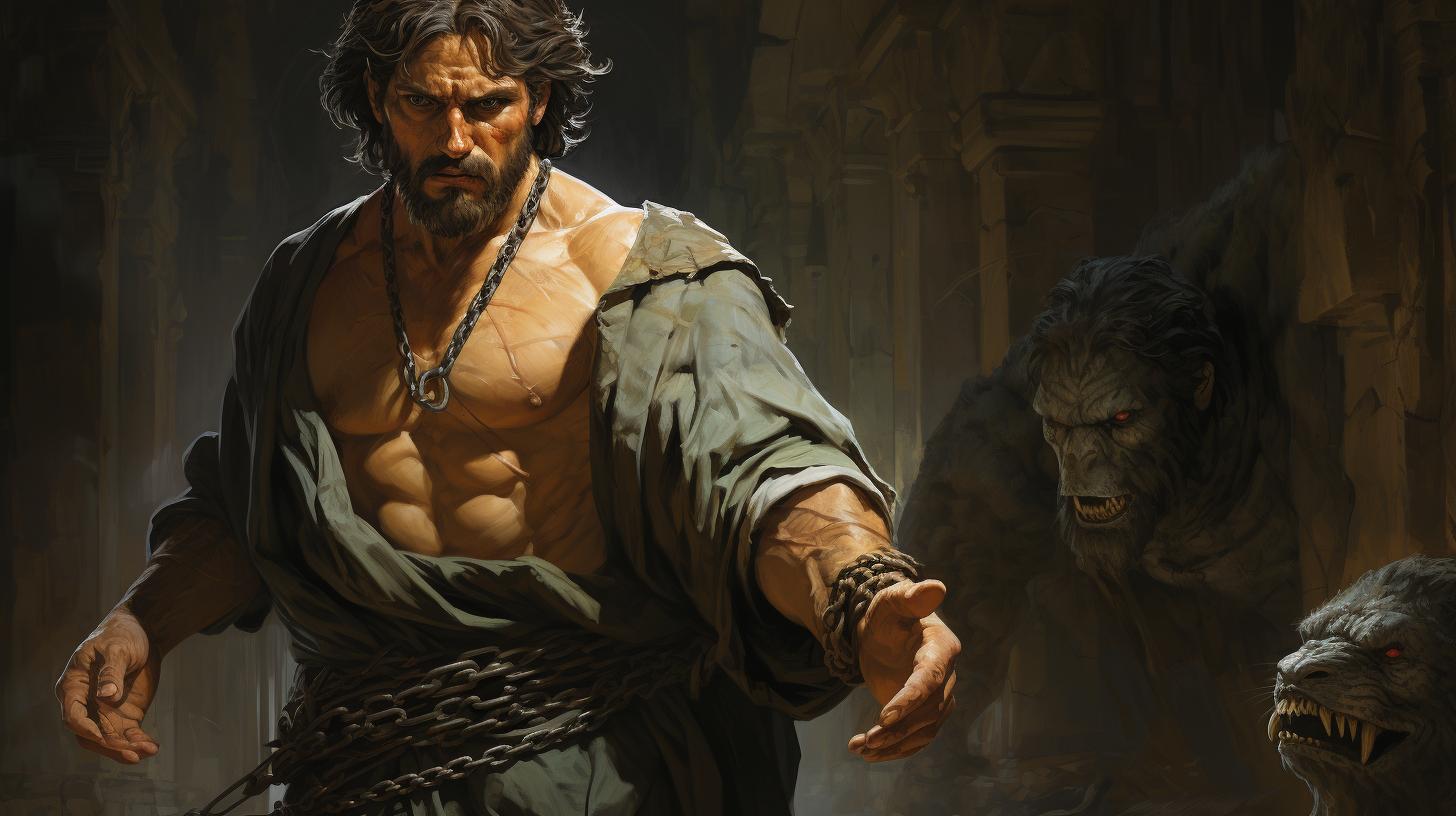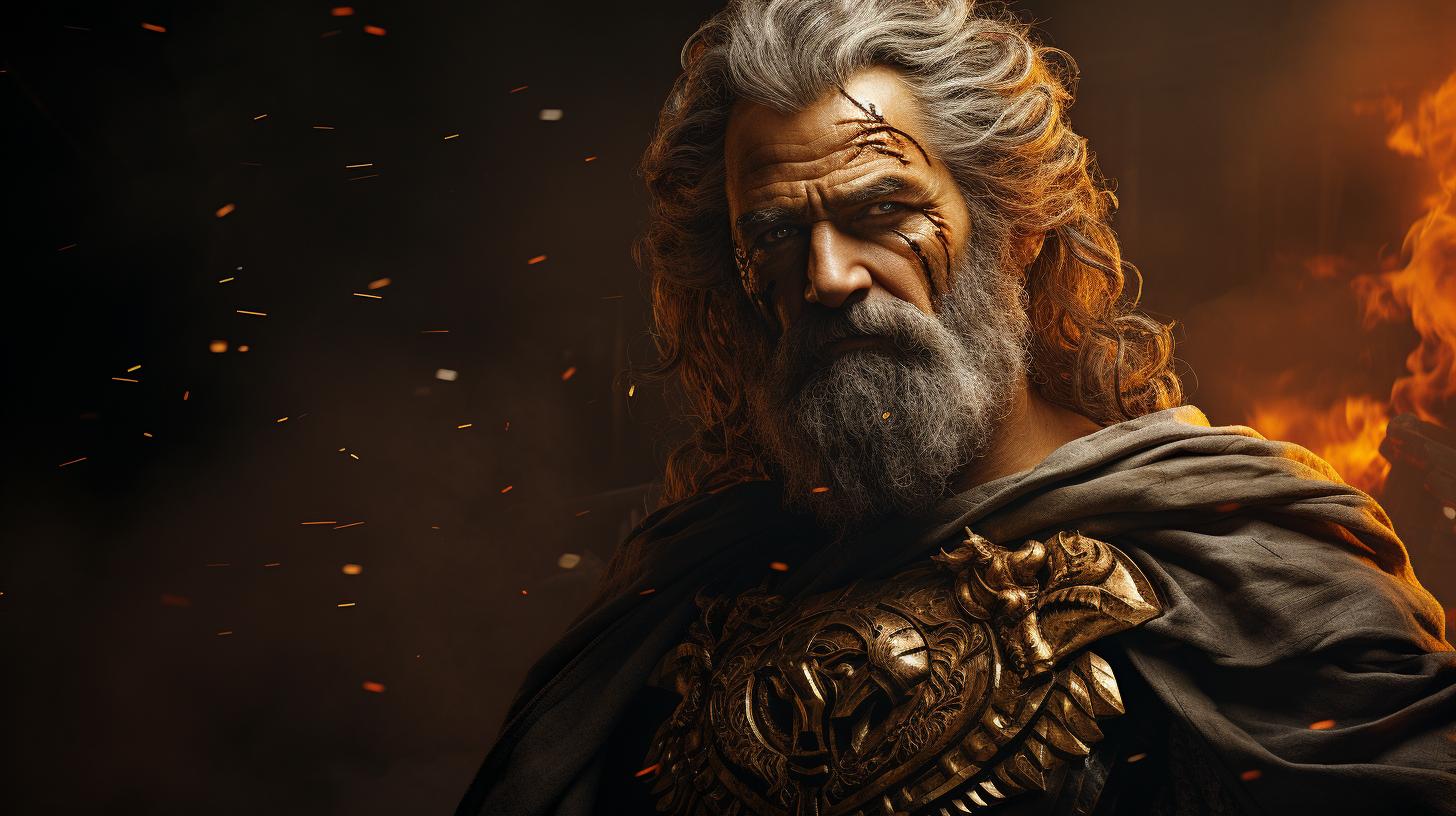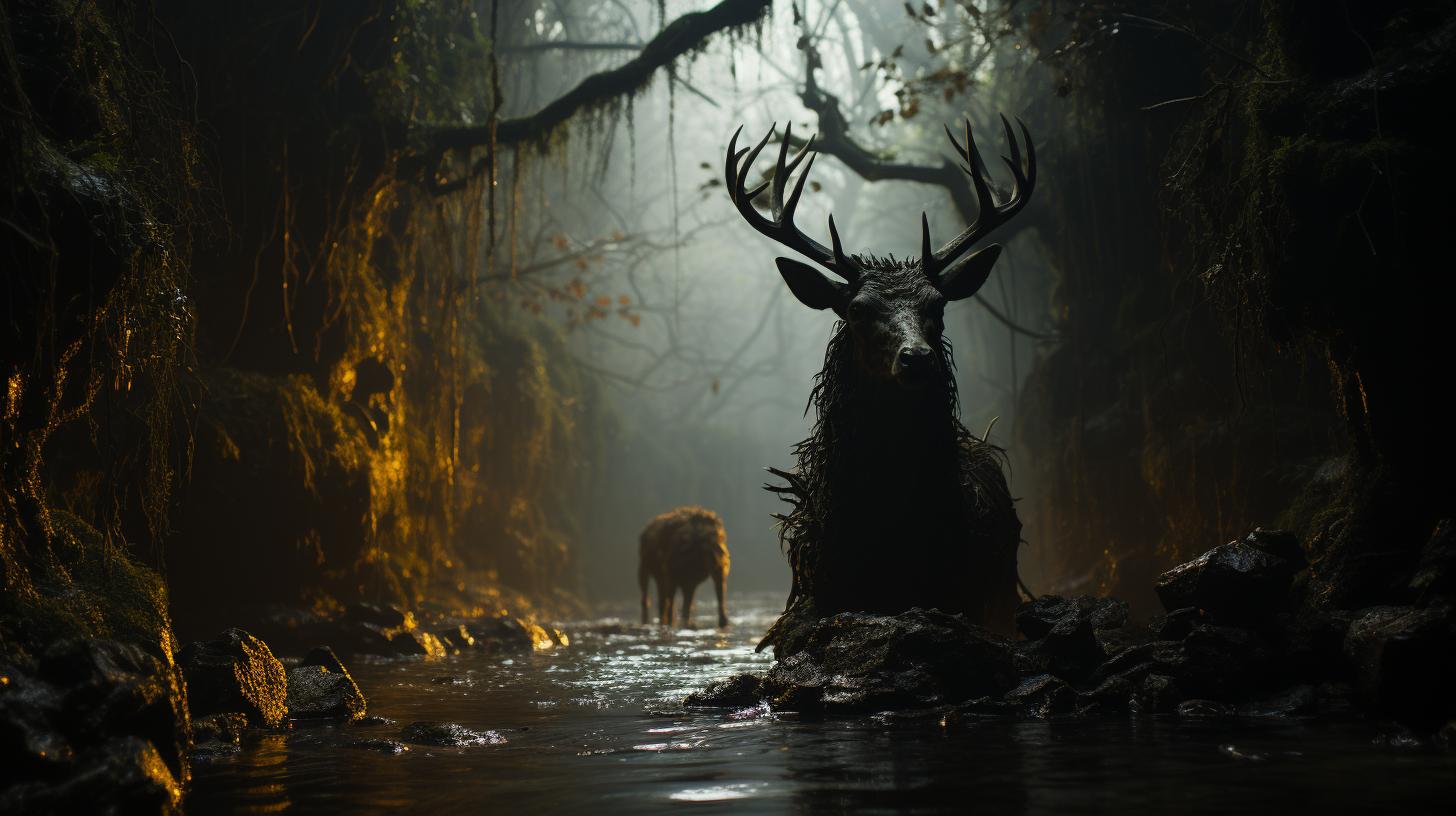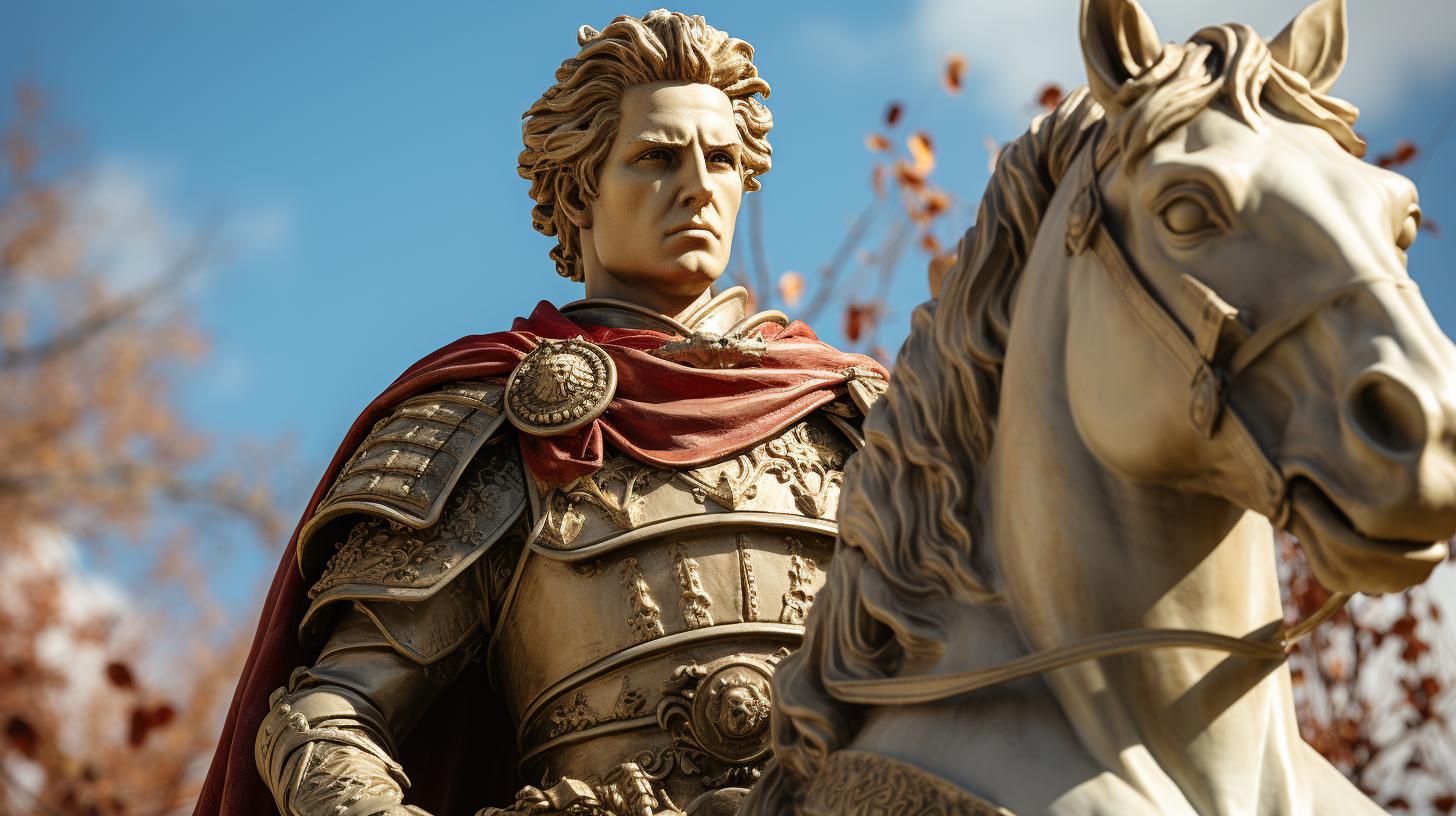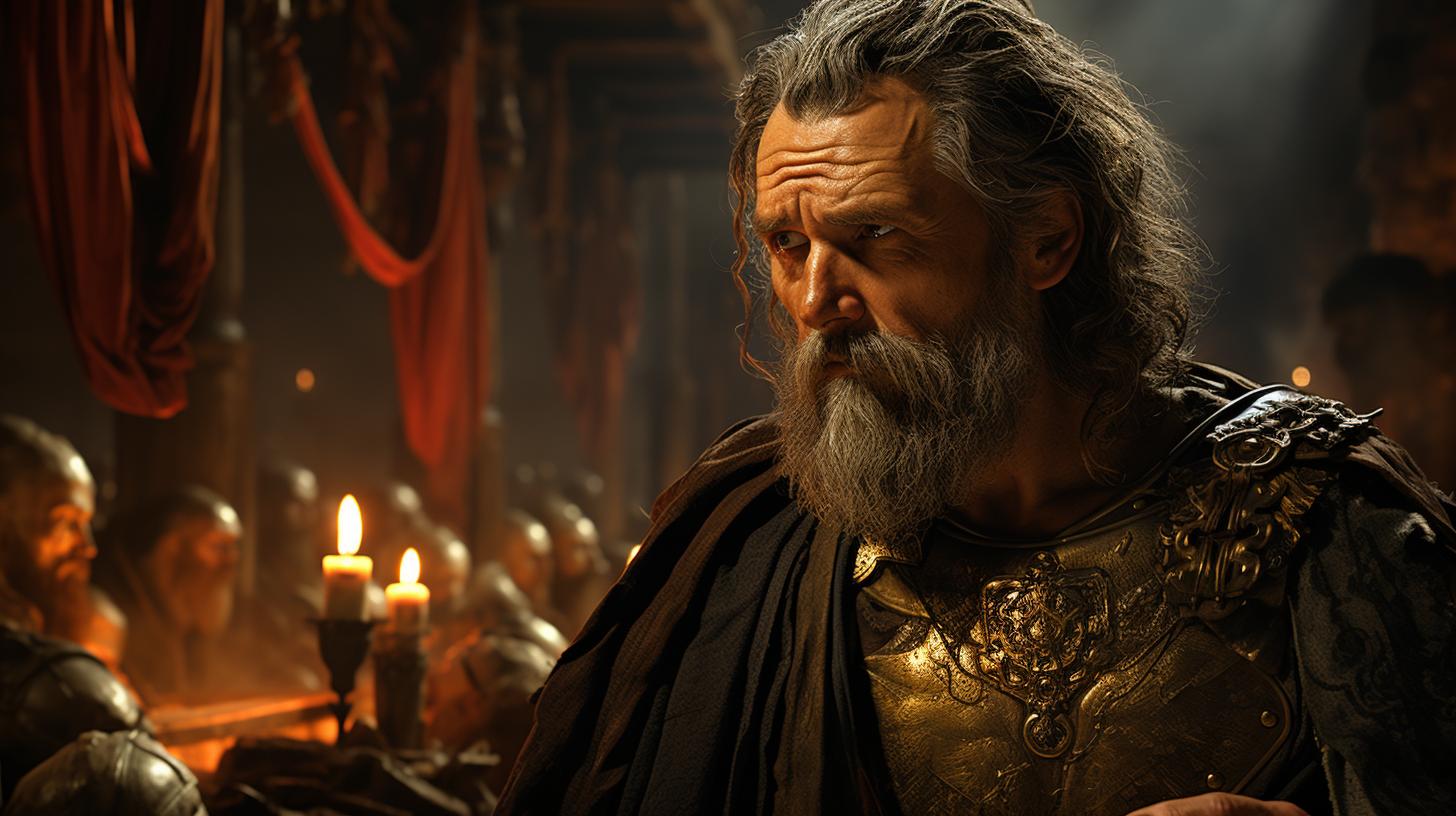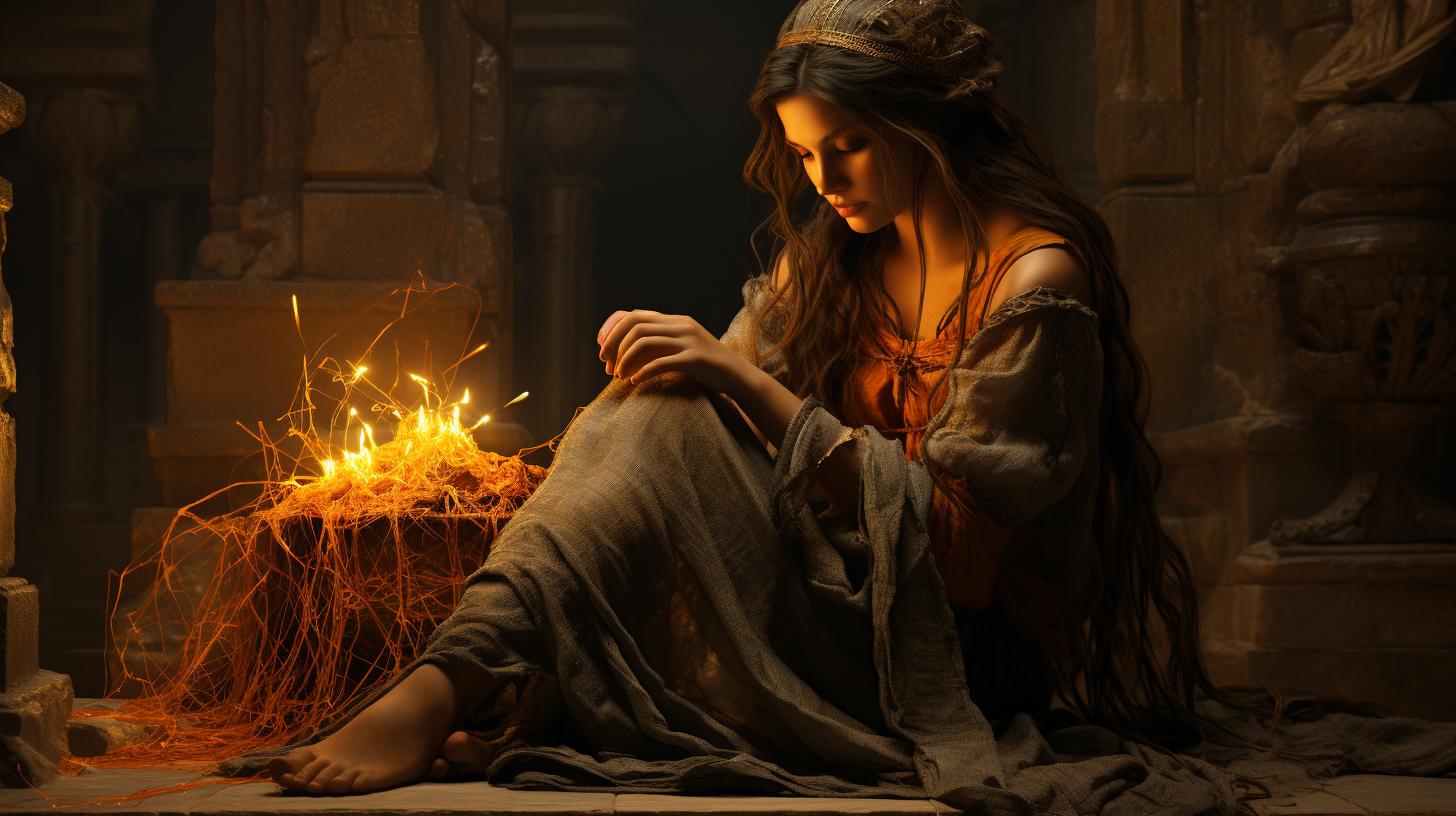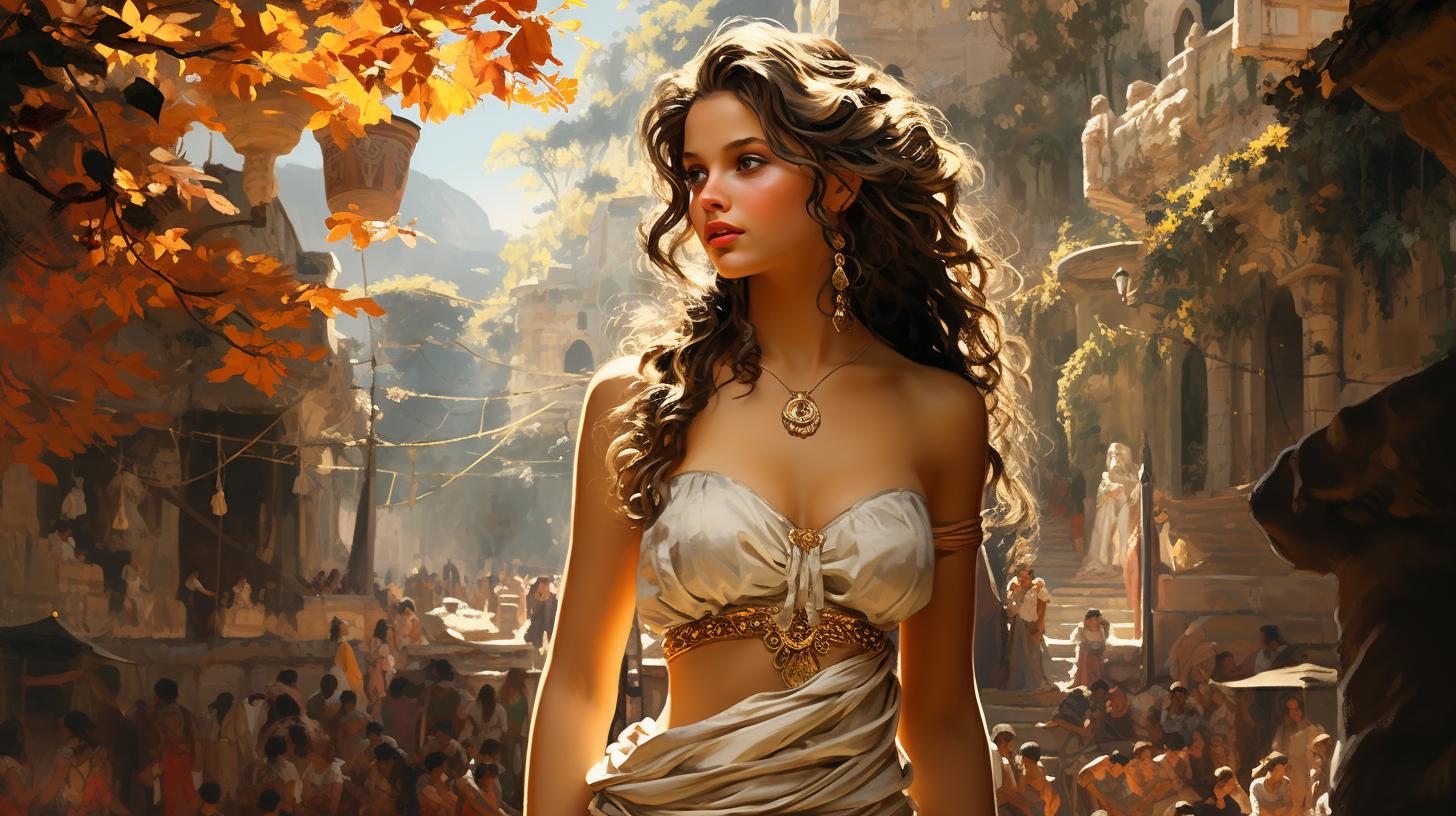Greek Mythology Ophiotaurus: Uncovering the Untold Secrets of this Majestic Creature
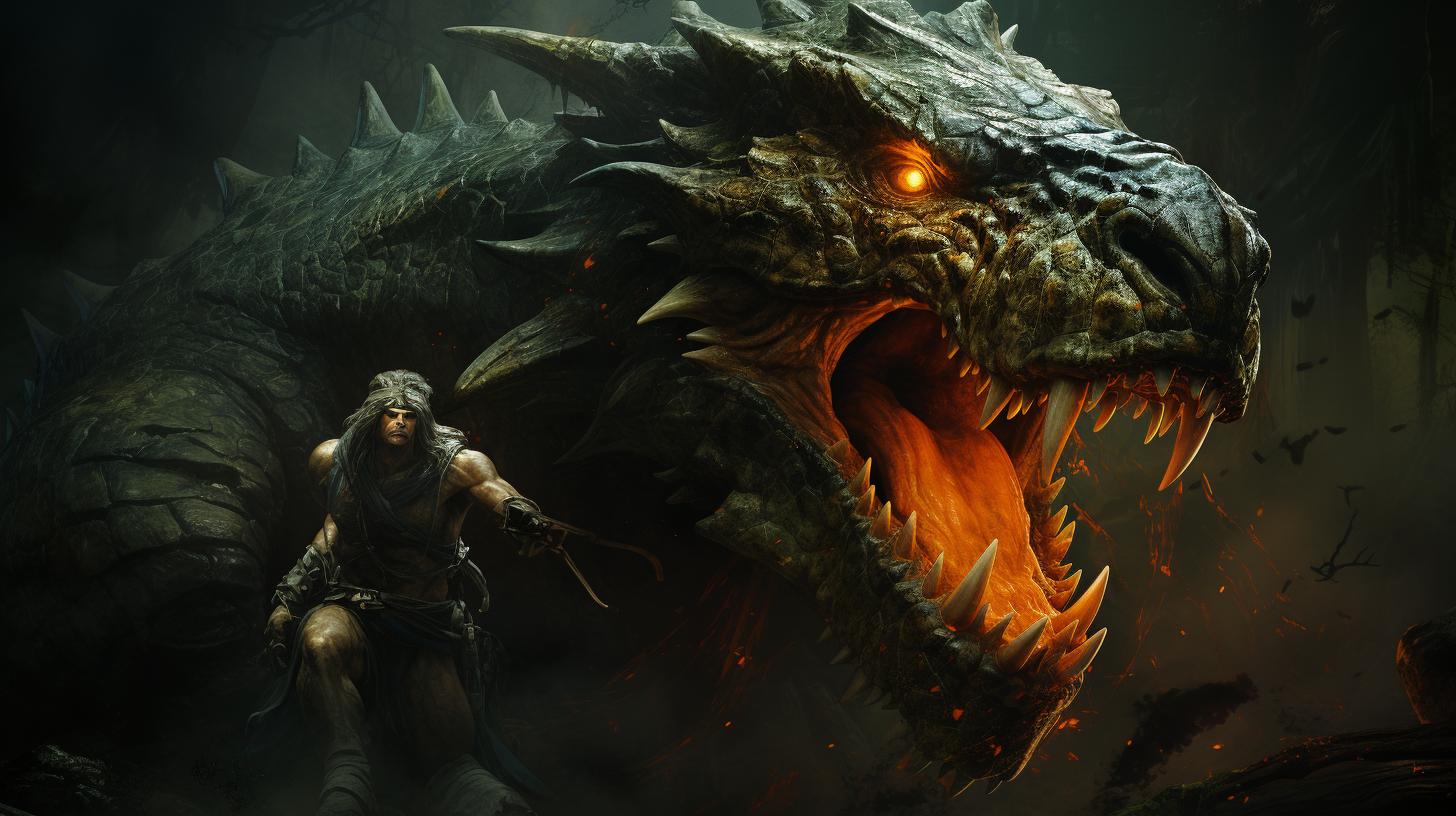
The Ophiotaurus, a mythical creature in Greek mythology, holds a unique position in ancient Greek lore. With the body of a black bull and the tail of a serpent, this creature is said to have been slain by a giant allied with the Titans.
Its significance stems from its association with Zeus, as its parts were hidden by Zeus’ pet bird, preventing their use in a ritual intended to secure victory against the powerful deity.
Explore the origins, symbolism, and cultural significance of the Ophiotaurus, as well as its connections to the Titans and Zeus, in this comprehensive exploration of Greek mythology.
The Mythology of the Ophiotaurus
The Ophiotaurus holds a significant place in Greek mythology, combining the characteristics of a serpent and a bull.
This section explores its origins and description, shedding light on the unique nature of this mythical creature.
Origins and Description of the Ophiotaurus
The Ophiotaurus is a creature with the front body of a black bull and the tail of a serpent. Its appearance captivated ancient Greeks, as it represented a remarkable fusion of two powerful animals.
Little is known about its origins, but its distinctive physical attributes make it an intriguing figure in mythological narratives.
Significance and Role in Greek Mythology
The Ophiotaurus holds great significance within Greek mythology due to its connection to Zeus and its role in pivotal events. According to legend, a giant allied with the Titans plotted to sacrifice the Ophiotaurus to gain victory over Zeus. However, the intervention of Zeus’ loyal bird, the ‘kite,’ thwarted this plan, safeguarding the creature’s body parts and preventing the giants from harnessing its power.
The Ophiotaurus’s uniqueness and the attempts to exploit its powers highlight its importance in the mythological realm. Its sacrifice could have altered the course of Greek mythology, and its association with Zeus further strengthens its significance as a mythical being.
As elusive as the Ophiotaurus may appear in specific ancient texts, its intricate connection to other mythological figures and events underscores its relevance in Greek mythology. From its symbolism to its role in battles between gods and Titans, the Ophiotaurus stands as a captivating creature, enshrouded in mystery and intrigue.
The Ophiotaurus in Ancient Greek Culture
In ancient Greek culture, the Ophiotaurus held a prominent place in art, literature, and mythology. Depictions and representations of this mysterious creature can be found in various artistic forms, including sculptures, paintings, and pottery.
Artists often portrayed the Ophiotaurus as a fusion of a serpent and a bull, showcasing its unique physical characteristics.
Depictions and Representations in Art and Literature
Ancient Greek artists masterfully captured the essence of the Ophiotaurus in their sculptures and paintings. These artistic representations showcased the creature’s imposing stature, with its bull-like body and the serpent tail curling around.
The Ophiotaurus was often depicted in scenes depicting the battle between gods and Titans, emphasizing its significant role in Greek mythology.
Literature of the time also incorporated the Ophiotaurus into various myths and stories.
Poets and writers mentioned this creature as a symbol of power, duality, and the intricate balance between opposing forces in the divine realm.
Symbolism and Meaning in Greek Mythology
The Ophiotaurus possessed profound symbolism and meaning in Greek mythology. It represented the union of two primal forces, the snake associated with chaos and the bull symbolizing fertility and strength.
This fusion of characteristics embodied the inherent duality present in Greek mythology and the delicate equilibrium that governed the cosmos.
Moreover, the Ophiotaurus’s symbolism extended to its connection with Zeus, the mighty ruler of the gods.
The creature’s close association with Zeus accentuated its importance and highlighted the intricate web of relationships within the Greek pantheon.
- The Ophiotaurus symbolized the balance between creation and destruction, reflecting the cyclical nature of life and the universe.
- It represented the harmony between opposing forces, such as order and chaos, light and darkness, and good and evil.
- The Ophiotaurus served as a reminder of the delicate balance between mortal and divine realms, as it embodied both animal and serpent qualities.
The symbolism and meaning attributed to the Ophiotaurus permeated various aspects of ancient Greek culture, influencing their art, literature, and philosophical discourse.
The Ophiotaurus and the Titans
The Ophiotaurus holds a significant connection to the Titanomachy, the legendary battle between the Titans and the gods of Olympus. In this conflict, the Titans sought to overthrow the gods and establish their own rule over the cosmos.
The Ophiotaurus played a crucial role in the events surrounding this epic war.
Connection to the Titanomachy and the Battle between Titans and Gods
The Ophiotaurus became an essential element in the power struggle between the Titans and the gods of Olympus. The Titans, led by powerful figures such as Cronus and Prometheus, sought to gain supremacy over the gods and control the heavens.
It is believed that the Ophiotaurus was aligned with the Titans, as it was slain by Aigaion, a giant who fought alongside the Titans in the Titanomachy.
The Titanomachy was a violent conflict that lasted for ten years, as the gods fought to defend their dominion and maintain their reign over the cosmos.
The Ophiotaurus’s connection to the Titans suggests that it played a role in the strategic planning and efforts of the Titans to defeat the gods and overthrow their rule.
Role of the Ophiotaurus in the Defeat of the Titans
The exact role of the Ophiotaurus in the defeat of the Titans remains somewhat obscure.
However, it is believed that the Ophiotaurus’s demise had consequences that ultimately contributed to the gods’ victory over the Titans.
Some interpretations suggest that the Ophiotaurus’s death deprived the Titans of a crucial weapon or power source.
It is rumored that the ritualistic use of the Ophiotaurus’s intestines, as intended by the giant Aigaion, would have granted the Titans an advantage in their battle against Zeus, the mighty ruler of Olympus.
However, the intervention of Zeus’s loyal pet bird, the kite, thwarted this plan and preserved the Ophiotaurus’s essence from falling into the hands of the Titans.
While the specific details of the Ophiotaurus’s role in the ultimate defeat of the Titans remain uncertain, its connection to the Titanomachy underscores its significance and the pivotal part it played in the war between the Titans and the gods of Olympus.
The Ophiotaurus and Zeus
Zeus’ Protection and Connection to the Ophiotaurus
Zeus, the mighty god of the Olympians, held a special connection to the Ophiotaurus, showcasing the significance of this mystical creature. In Greek mythology, Zeus served as a guardian and protector of the Ophiotaurus, ensuring its safety from those who sought to exploit its powers.
As the ruler of the gods, Zeus recognized the inherent power and importance of the Ophiotaurus in the intricate balance of the divine realm. This recognition led Zeus to establish a deep connection with the creature, which extended beyond mere guardianship.
The Ophiotaurus played a symbolic role in Zeus’ dominion over both the land and the sea. Its fusion of serpentine and bovine attributes represented the union of earth and water, which were essential elements in Greek mythology.
This connection aligned the Ophiotaurus with Zeus’ role as the controller of natural forces.
Mythical Accounts of Zeus’ Intervention to Save the Ophiotaurus
Mythology is rich with tales of Zeus’ intervention to save the Ophiotaurus from harm’s way. These mythical accounts illustrate the lengths Zeus would go to protect this exceptional creature and maintain the delicate cosmic order.
In one prominent account, as the giant allied with the Titans moved to perform a sacrificial rite using the Ophiotaurus’ innards, Zeus swiftly intervened. He sent his loyal bird, the ‘kite,’ to steal the vital parts and conceal them, thwarting the villainous plans of the giant and preserving the Ophiotaurus from certain destruction.
This act of divine intervention showcased Zeus’ commitment to upholding the balance and power dynamics within the Greek pantheon. The Ophiotaurus, as a cherished creature under Zeus’ protection, represented both Zeus’ strength as a deity and his ability to safeguard the delicate harmony of the cosmos.
Throughout various mythological accounts, Zeus’ connection to the Ophiotaurus underscores his supreme authority and his willingness to intervene for the greater good. These stories further solidify the profound significance of the Ophiotaurus in the realm of Greek mythology and its lasting impact on Zeus’ divine legacy.
The Ophiotaurus in Popular Culture
References to the Ophiotaurus in Modern Literature, Movies, and Art
The enigmatic and captivating nature of the Ophiotaurus has inspired countless artistic expressions in contemporary culture. In literature, the Ophiotaurus has made appearances in mythological retellings, fantasy novels, and even children’s books.
Authors have masterfully incorporated the mystical creature into their narratives, infusing their stories with a sense of ancient wonder and intrigue.
Furthermore, the Ophiotaurus has left its mark on the big screen, gracing the silver screen in various movies and adaptations.
Filmmakers have capitalized on its unique appearance and mythical aura, bringing the creature to life through mesmerizing visual effects and imaginative storytelling. From epic fantasy films to animated adventures, the Ophiotaurus continues to captivate audiences with its mesmerizing presence.
In the realm of artistic interpretation, the Ophiotaurus has become a subject for countless paintings, sculptures, and illustrations. Renowned artists have sought to depict the union of serpent and bull, embodying the essence of this mythical creature.
These artistic representations not only showcase the talent and creativity of the artists but also serve as a testament to the enduring fascination with Greek mythology and its enigmatic creatures.
Ophiotaurus as a Symbolic Element in Contemporary Storytelling
Beyond its direct appearances in popular media, the Ophiotaurus has also taken on symbolic significance in contemporary storytelling. It serves as a metaphor for the duality and complex nature of human existence.
The merging of the serpent and bull represents the fusion of opposing forces, signifying the intricate balance between chaos and order, primal instincts and rationality.
Contemporary authors and filmmakers use the Ophiotaurus to explore themes of inner conflicts, personal transformation, and the inherent struggle between instinct and reason.
Its inclusion in narratives adds depth and complexity to characters and their journeys, inviting audiences to contemplate the intricate tapestry of human nature.
Interpretations and Significance of the Ophiotaurus
Exploring the Ophiotaurus in Greek mythology opens up a realm of interpretations and significance, shedding light on the deeper meaning and lessons embedded in its narrative. The Ophiotaurus serves as a metaphor for the profound dualities and contradictions that pervade Greek mythology, reflecting the ongoing struggle between opposing forces.
The Ophiotaurus as a Metaphor for Dualities in Greek Mythology
As a creature that combines the attributes of a serpent and a bull, the Ophiotaurus embodies the dichotomy and tension between primal instincts and civilization, chaos and order, ferocity and placidity.
It symbolizes the delicate balance between opposing forces and the eternal clash between light and darkness, good and evil.
Moreover, the Ophiotaurus represents the intricate relationship between nature and humanity, highlighting the intersection of the natural world and human society.
It serves as a reminder of the inherent connection between humans and the natural realm, urging us to acknowledge our responsibilities as stewards of the earth.
Contemporary Relevance and Lessons from the Ophiotaurus Myth
While the Ophiotaurus myth originates from ancient Greek culture, its symbolic relevance continues to resonate in contemporary society.
The tale of the Ophiotaurus prompts introspection and invites us to reflect on the internal dualities we face as individuals and as a collective.
- The Ophiotaurus teaches us the importance of embracing and finding balance amidst conflicting emotions, desires, and aspirations.
- It reminds us to appreciate the intricate beauty of both the light and dark aspects of our existence and to seek harmony amid apparent contradictions.
- Furthermore, the Ophiotaurus myth serves as a cautionary tale, warning against the destructive consequences that arise when we disregard the delicate equilibrium between opposing forces.
The insights offered by the Ophiotaurus myth urge us to explore the intricate tapestry of our own lives, to acknowledge and reconcile the conflicts within ourselves, and to actively seek unity and equilibrium amidst the chaos of the world.
.











